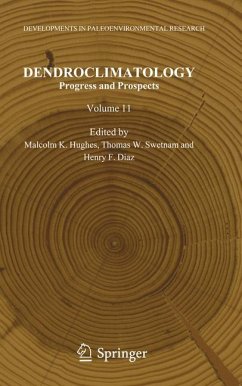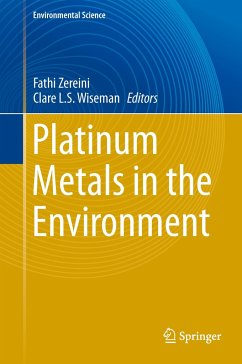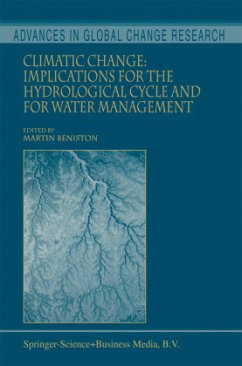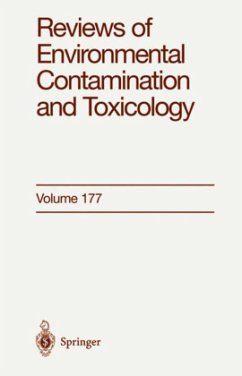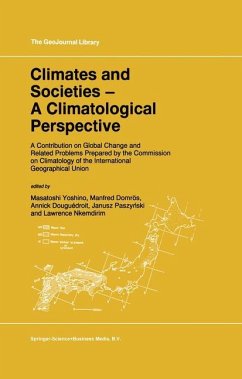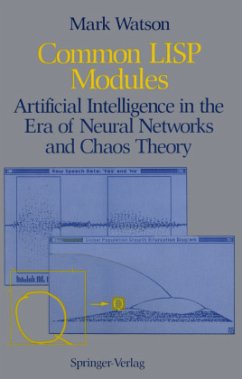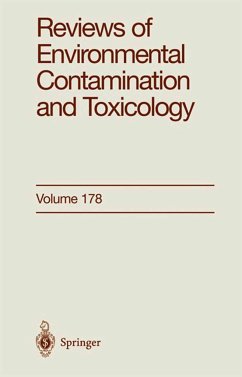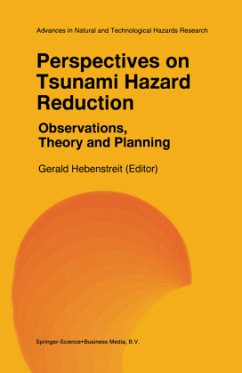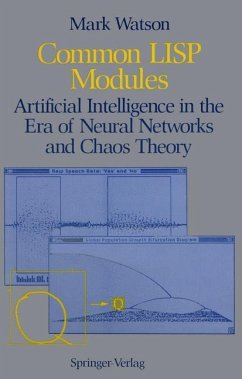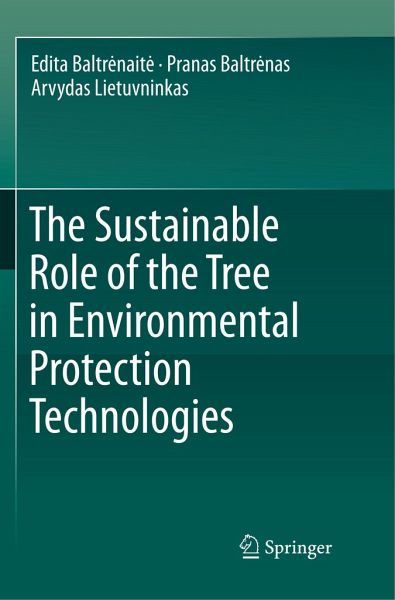
The Sustainable Role of the Tree in Environmental Protection Technologies
Versandkostenfrei!
Versandfertig in 6-10 Tagen
76,99 €
inkl. MwSt.
Weitere Ausgaben:

PAYBACK Punkte
38 °P sammeln!
This monograph describes ways of using trees and their byproducts in environmental protection technologies and methodologies throughout their lifecycles. The tree, the planet's main source of biomass, is an indispensable tool for sustainable technologies, and the authors present a holistic picture of how and why in this volume.The authors describe the indispensable role of the living tree in phytoremediation and biomonitoring and detail the relationship of the tree with its surrounding ecosystem. The direct and indirect relationships of a tree at its vegetation period with various components o...
This monograph describes ways of using trees and their byproducts in environmental protection technologies and methodologies throughout their lifecycles. The tree, the planet's main source of biomass, is an indispensable tool for sustainable technologies, and the authors present a holistic picture of how and why in this volume.
The authors describe the indispensable role of the living tree in phytoremediation and biomonitoring and detail the relationship of the tree with its surrounding ecosystem. The direct and indirect relationships of a tree at its vegetation period with various components of the ecosystem (i.e. atmosphere, hydrosphere, lithosphere and soil) contribute to the role of a tree as the medium for integrating aerogenic and edaphic pollutants. Trees phytostabilize pollutants in their organisms and remove them from the soil. The ability of some species of trees to reflect the quality of the environment makes a basis for the environmental bioindication, while quantitative representation of the chemical composition of the surrounding environment allows for the use of trees in biomonitoring. Morphological features of trees (e.g. annual tree rings) allow us to observe environmental conditions in the past and retrospectively evaluate them.
This monograph also details how wood products (e.g. biochar, chips, bark, etc.) of a tree after it has died are used in environmental technologies.
Due to the specific morphological form and physicaland chemical composition of wood products, they may be used as active materials in the technologies aimed at reducing pollution in an effective and sustainable manner.
The authors describe the indispensable role of the living tree in phytoremediation and biomonitoring and detail the relationship of the tree with its surrounding ecosystem. The direct and indirect relationships of a tree at its vegetation period with various components of the ecosystem (i.e. atmosphere, hydrosphere, lithosphere and soil) contribute to the role of a tree as the medium for integrating aerogenic and edaphic pollutants. Trees phytostabilize pollutants in their organisms and remove them from the soil. The ability of some species of trees to reflect the quality of the environment makes a basis for the environmental bioindication, while quantitative representation of the chemical composition of the surrounding environment allows for the use of trees in biomonitoring. Morphological features of trees (e.g. annual tree rings) allow us to observe environmental conditions in the past and retrospectively evaluate them.
This monograph also details how wood products (e.g. biochar, chips, bark, etc.) of a tree after it has died are used in environmental technologies.
Due to the specific morphological form and physicaland chemical composition of wood products, they may be used as active materials in the technologies aimed at reducing pollution in an effective and sustainable manner.





